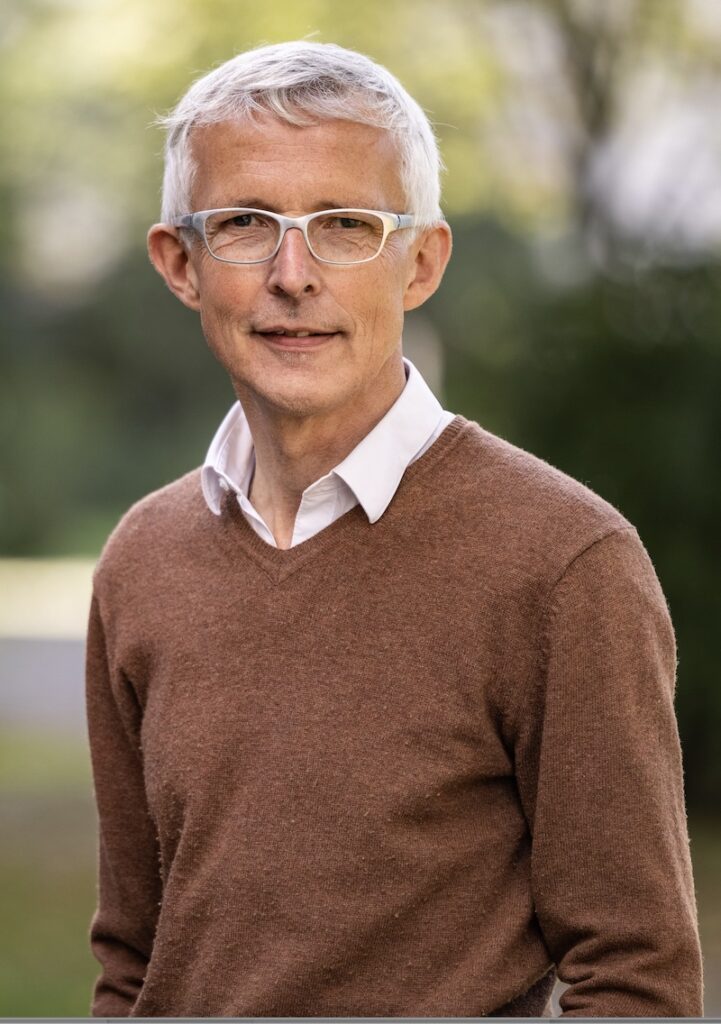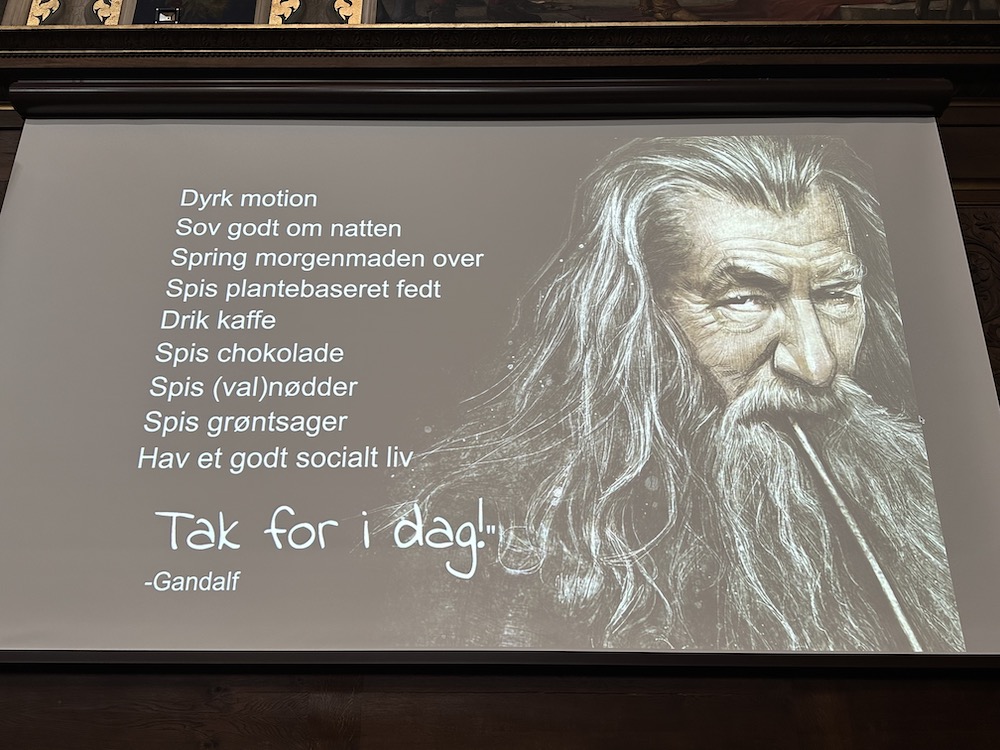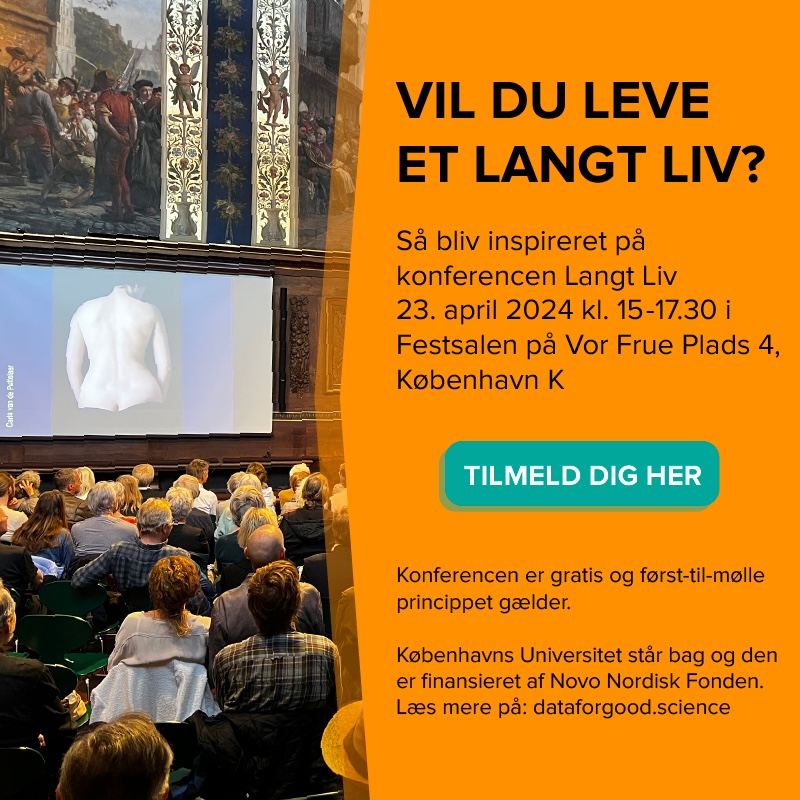
Ageism3: The Fight Against Ageism
Ageism is part of the evolutionary logic of our life course and explains why it has had a presence in all cultures at all times. Now we almost all live up to old age we have to understand our own ageist behaviour before being able to conceptualise effective strategies to fight ageism.
Ageism has a profound impact on society and our private life and it is vital to better understand why it is that prevalent, widespread and persistent when addressing the problem. It is a fact that we are all permissive to show ageist behaviour because of an evolutionary shaped neglect of older people. Instead, our brains, feelings and emotions have been wired for sex and taking care of children at the cost of investments in the long-term maintenance of our own body and well-being. Once the kids have flown out of the nest and our ‘third age’ is approaching, we are emotionally at drift as our evolutionary purpose is fulfilled. Some start investing excessively in their own health as a coping strategy to handle their anxiety, but health at old age is a challenging target with death luring at the horizon. Death anxiety has a firm genetic underpinning as long-term survival is incompatible without having the emotion of fear.
Ageism is difficult to overcome
In traditional societies like the Inuit’s in the Artic region or among hunter gatherers in Africa, older people we’re left alone or alternatively they ‘voluntarily’ stepped out of the group because there were just too few means to keep everybody of the group alive. The same principle is at play in nowadays Western societies when at the time of corona subtle pre-justice and discrimination turns into blunt neglect and abuse. The public investments were routed towards the intensive care units that should (also) serve the young, whereas many older patients decided not to go to the intensive care arguing that ‘a hospital bed could better be used for a youngster’.

It is doubtful whether it is possible to overcome ageism without positive, discriminative cultural interventions.
Rudi Westendorp
alThe idea that a more empathetic discourse between the generations can help to overcome ageist behaviour, as was recently suggested in the WHO report, is rather simplistic and likely to fail. It is doubtful whether it is possible to overcome ageism without positive, discriminative cultural interventions. Various great books among which there are the Bible and Koran provide such a cultural bandage to overcome our cognitive-emotional defect and explicitly state that ‘thou shall take care of your parents as if they were your own children’. It is irony that religions attempt to re- route our instinctive and evolutionary grounded behaviour of childcare towards taking care of older people, just as it serves a purpose in our modern societies.
Importantly contributing to ageist behaviour, discrimination and abuse is the distinct power difference between the young and the old. By default the biological process of aging leaves older people with disease, disability and dependency. This means that the psychological, social and emotional relation between generations is by definition unequal and as a general rule older people will be in the lower position. This is principally different from most other forms of ‘isms’, even for something as biological determined as gender, where the position of power is consequent of a cultural defined role. In some societies females are the dominant sex whereas in our nowadays Western societies a change in culture have provided women with a far more egalitarian position than before. Different than cultural roles that may vary in time and place, the biological process of ageing seems immutable but in fact it is – to a certain extent – malleable and responsive to intervention. Nowadays people can foresee lifespans without disability that are longer than ever before and it is the plasticity of our life which implies that the associations between calendar-, biological-, and social-age are changing, the continuous debate on pension age being a prime example. Likewise, successive generations of older people act and look younger, are (financially) more powerful, and the traditional life stages of the third- and fourth-age as fixed sociocultural constructs are continuously being negotiated.
We’ll all be both perpetrator and victim
There is a peculiarity with ageism, different than most other forms of ‘isms’, that everybody starts young and grows old when time goes by; people with black skin do not turn white. Simply for that reason almost all will have the experience of being a perpetrator and a victim of ageism themselves. It is a part of our ‘normal’ emotional development, rite de passage, that adolescents fight their parents and start a new generation but later become their caretakers. Taking up these different roles is a transformative experience and most will resolve the ambiguity thereof, for some however, uncertainty and suffering continues. Life is filled with ageist encounters and one will experience to be a perpetrator and a victim sooner than later. It is this type of learning through experience that can provides us with a better intuition of the phenomenon and a stepping stone to understand and overcome ageism.
Ageism is the stereotyping and discrimination of individuals or groups solely on the basis of age. Ageism is different from other ‘isms’ as we are both perpetrators as well as victims of ageism during our life course. This is the third and last of three blog posts in a mini-series on ageism based on professor Rudi Westendorp’s thesis “Who Says I’m Old? A psychodynamic take on age discrimination” which completed his Executive Master in Change program at INSEAD in 2021. Get the full thesis with references here
Theory underlying ageist attitudes held by older adults is somewhat more complicated as older people not only expose outgroup ageist behaviour when they feel threatened by youngsters, but also can become ageist by dis-identifying with their ingroup and distancing themselves by perceiving other older persons, e.g. those with disability, as a negative outgroup. When asked, almost none of the oldest generations identify themselves with older people and point to others who are more disabled or dependent than themselves. They cease to identify with ageing as an unconscious defensive strategy against their own fear of decline, decrepitude and death. It may well be that the fear that elicits the ageist ingroup behaviour of older people is not that different from the death anxiety that provokes ageist outgroup behaviour of youngsters, just as it has a heritable underpinning.
As social experiments have shown that arbitrary distinctions such as the colour of a shirt can trigger a tendency to favour one’s own group at the expense of others, the sobering implication is that the mere presence of signs and symptoms of ageing is an (almost) inevitable and sufficient explanation for individual as well as collective behaviour to idolise the young at the cost of older persons. Among the permissive factors are an evolutionary shaped neglect of older people, death anxiety and the power difference because of age associated decline in physical and cognitive functions.
Ideas for Change
It seems obvious to make a plea for changing the narrative around age and ageing to reduce ageism (WHO 2021). The social identity theorem implicates however, that any narrative on age will elicit ageist behaviours as there is no correct or neutral language that can overcome the divide. The only solution is not to mention age, to ignore age completely as if there is no ageing process. Age-neutral language has a precedent in gender-neutral language when describing people with the aim to help eliminating discrimination based on gender. It involves not only abandoning gender-specific titles, but also the pronouns ‘he’ or ‘she’, which should be replaced by a gender-neutral pronoun. In 2014 in Sweden the gender-neutral pronoun ‘hen’ has been included in the Academy Glossary and Swedish became the first language to have a gender-neutral pronoun added by an authoritative institution. Perhaps a hen should not only be considered gender-neutral but also age-neutral as in ‘somebody’.
Stimulating intergenerational contact between young and old is also being advocated to reduce stereotyping, prejudice and discrimination of groups. Results from experiments show that the outcomes of short-term intergenerational intervention programs are mixed and in some cases appear to result in more negative attitudes than those previously held. We have experienced ourselves that confronting first year medical students with institutionalised older persons significantly worsened their attitude, most likely because these contacts triggered their death anxiety. The implication is to invest in programs that are designed around more sustained and affirmative contacts which have been shown to result in more positive attitudes towards older people.
In the media and advertisement, older people are still under-represented and little exposed in regards with the roles they play. Sometimes, older characters showcase positive qualities such as experience, longevity and traditional family values, but far more often they appear as targets of ridicule or as negative caricatures of ageing, ‘othering’ older people. ’Third age’ marketing mostly provides aspirational images of successful ageing tied up with consumerist lifestyles, or reversely highlight age-related risks as problems for which solutions are provided. It is in this type of promotion where we may find the beginning of a solution how to combat ageism when featuring role models who are able to contain and show both the aspirational aspects of growing older as well as those aspects that we are anxious of and despise. Presenting one’s lived experience with irony, using language that normally signifies the opposite and thus help others to contain both.
People have to understand their own ageist behaviour through lived experience before being able to conceptualise effective strategies to fight ageism.
Rudi Westendorp
Get the references in the full paper here
Photos: Branislav Nenin

